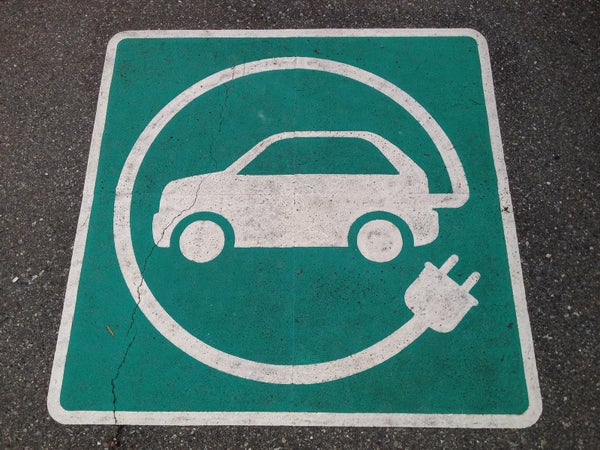This article was published in Scientific American’s former blog network and reflects the views of the author, not necessarily those of Scientific American
An “all-electric” future for city transportation fleets could significantly reduce – but not eliminate urban air pollution.
With dropping battery prices and pressure to reduce air pollution in cities, increasing attention is being paid to the potential for electricity to power urban transportation fleets. Electric vehicles could eliminate local sources of air pollution including nitrogen oxides (NOx) and sulfur oxides (SOx). But, when taking a closer look at the data, it becomes clear that EVs would not eliminate the majority of local particulate matter emissions.
In the “Fleet Weighted Road Transport Emission Factor 2012” database, emissions factors for transport technologies (for example, cars, buses, and trains) are published in units of grams per kilometer driven. A sample of these data – which is published by the United Kingdom’s National Atmospheric Emissions Inventory (NAEI) - is found in the chart below.
On supporting science journalism
If you're enjoying this article, consider supporting our award-winning journalism by subscribing. By purchasing a subscription you are helping to ensure the future of impactful stories about the discoveries and ideas shaping our world today.
According to these data, 55-95% of particulate matter air pollution (PM10) from cars driving in urban areas isn’t actually from the tailpipe. Instead, it is produced when cars are driven, via brake wear, tire wear, and road abrasion. Furthermore, diesel cars produce 74% more PM10 that gasoline vehicles per kilometer driven under the same driving conditions.

Table produced by Melissa C. Lott using NAEI data
That being said, while EVs are not truly “zero emission” vehicles, they could certainly help to reduce urban air pollution.
According to a study published this summer by King’s College London, particulate matter is responsible for an estimated 3,537 premature deaths each year in the city. This number has decreased since a 2008 estimate of 4,267 annual premature deaths, in part thanks to policy interventions.
While these numbers might seem high, they are much lower than the annual premature deaths resulting from exposure to nitrogen dioxide (NO2), a type of NOx pollution. According to the same report, an estimated 5,879 premature deaths occur each year due to long-term to this NO2. All told, these researchers estimate that the health impacts of these two pollutants cost the UK government between £1.4 billion and £3.7 billion ($2.1 - $5.6 billion) each year.
While an “all-electric” future for city transportation fleets wouldn’t eliminate urban air pollution, it could certainly make a significant positive difference.
